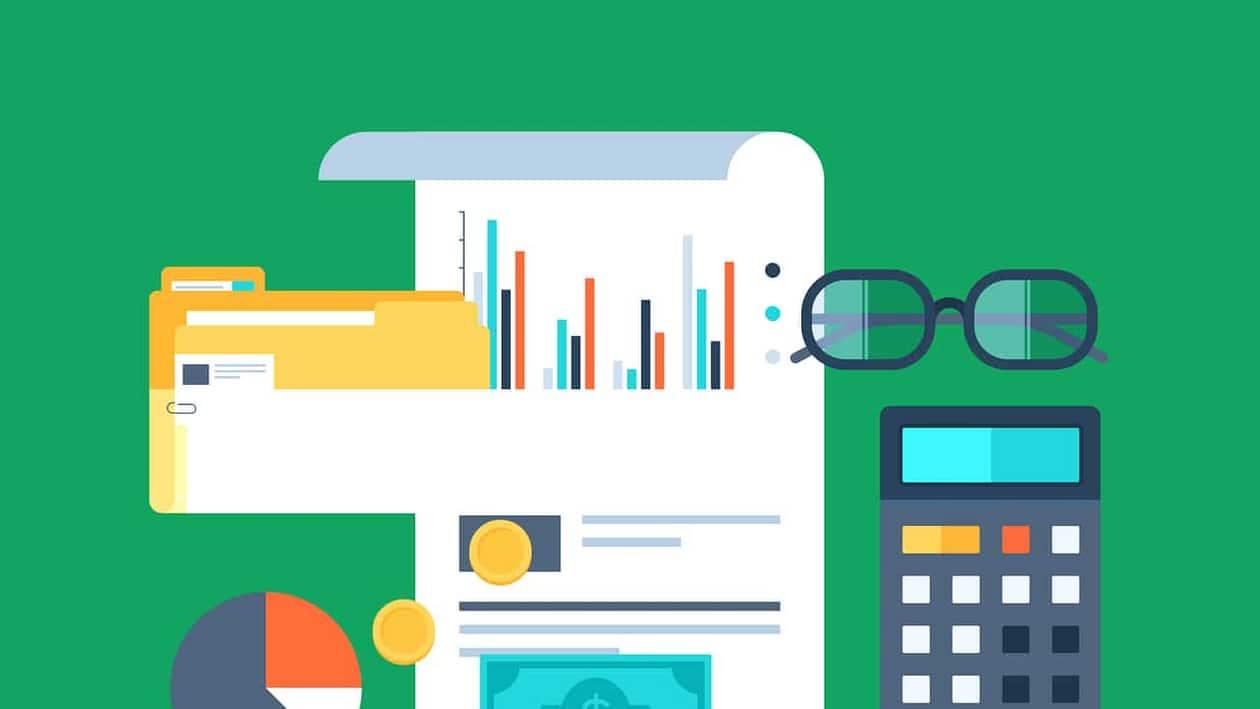(Bloomberg) -- Blame the Fed, war and fiscal profligacy all you want. But big trouble was lurking in many widely followed portfolio strategies long before those threats took hold.
That’s the upshot of new research that uses a yield-derived valuation model to show the famous 60/40 allocation reached its most expensive level in almost five decades during the Covid-19 rally. The situation has reversed in 2022, which is now by some definitions the worst year ever for the bond-and-equities cocktail.
The data is a harsh reminder of the primacy of valuation in determining returns. It may also pass as good news for the investment industry, suggesting logic rather than broken markets is informing the current carnage. Leuthold Group says the hammering has been so brutal that valuation is apt to become a tailwind again for a portfolio design many seem willing to leave for dead.
“This year has been nothing short of a disaster, one foreseen by commentators who realized it was folly to hedge one overpriced asset with another overpriced asset and expect a satisfactory outcome,” said Scott Opsal, Leuthold’s director of research. “On the other hand, this year’s joint stock and bond routs have significantly improved the expected returns of both asset classes, and the 60/40 may be ready to rise from the ashes.”
It’s worth considering the heights from which 60/40 has fallen. Yields on the Bloomberg USAgg Index slid in 2021 to 1.12%, while the earnings yield on the S&P 500 dropped to 3.25%, one of the lowest readings in the last four decades. Taken together the levels had never implied a more bloated starting point for cross-asset investors, according to Opsal.
To be sure, the 60% stock, 40% bond mix did a good job of protecting investors against market swings in the past. This year has been different, with stocks and bonds falling in tandem amid stubbornly high inflation and the Federal Reserve’s whatever-it-takes approach to bringing it down. A Bloomberg model tracking a portfolio of 60% stocks and 40% fixed-income securities is down 20% this year, a hair away from topping 2008 as the worst year ever and only the third down year since Bloomberg started tracking the data in 2007.
The co-movement of equities and bonds has tightened “decisively” in 2022, with three-month rolling correlations jumping to a 23-year high of 45%, versus the 10-year average of minus 25%, according to Mandy Xu and Frank Poerio at Credit Suisse Group AG. In other words, both are selling off in tandem, with the two recently posting 11 consecutive days of moving together, a streak not seen since 1997. And their performance is twice as bad this year as it was in 2002 when stocks posted a similar drawdown.
“We were coming off historically high valuations for both equities and fixed income,” Marvin Loh, senior macro strategist at State Street Global Markets, said in an interview. But the strategy could soon start to do what it’s supposed to do, he added, “because you’re getting in with fixed-income valuations that make a whole lot more sense. There’s a lot more natural buyers for a 4% 10-year than there is for 0.3%.”
Plenty of others have taken this view as well -- cross-asset strategists at Morgan Stanley said over the summer that the 60/40 portfolio was merely resting and not yet dead, while researchers at the Independent Adviser for Vanguard Investors said it was a bad time to “steer a new path” and abandon the balanced approach.
Elsewhere, exchange-traded fund investors are preparing for the possibility that peak bond pain has passed, with investors scooping up call options on products like the iShares 20+ Year Treasury Bond ETF (ticker TLT) and the iShares iBoxx $ Investment Grade Corporate Bond ETF (LQD).
Meanwhile, a 10-month, 22% S&P 500 rout has taken the froth off bubble-like valuations after the index more than doubled since its March 2020 trough. The S&P 500 is trading at 15.9 times projected earnings, below this century’s average of 16.2, data compiled by Bloomberg show.
The 60/40 portfolio was meant to capture growth, with the bonds part stabilizing things when equities drop, said Art Hogan, chief market strategist at B. Riley.
“It would make sense that if this is the first time in decades that both sides are beat up that it’s likely to be a better diversified equity portfolio mix and going to work because you’re actually starting to get the opportunity for yield on your 40%,” he said. “Plus, stocks are trading at lows, so the potential upside return now looks much better for both.”
